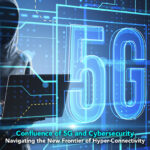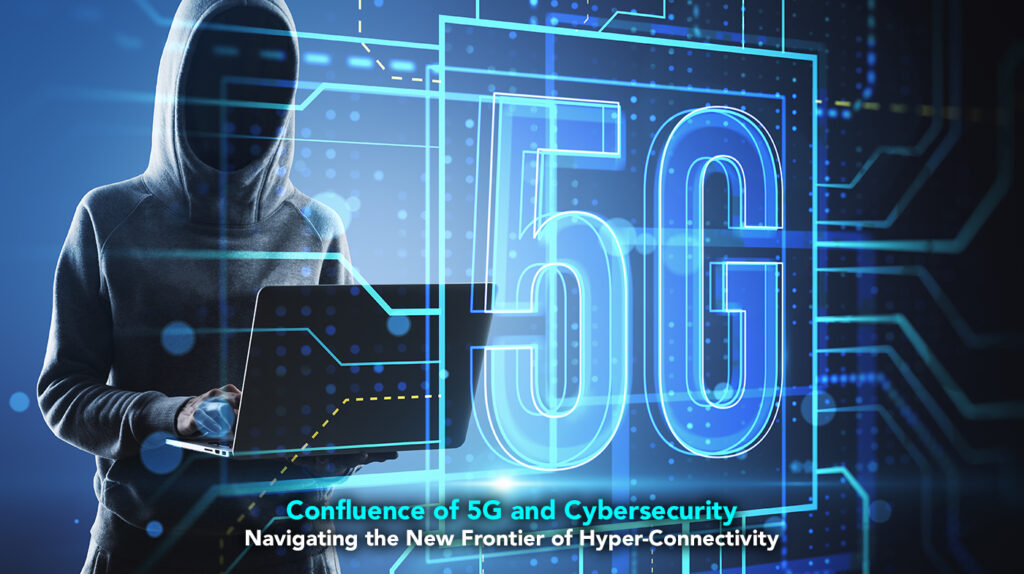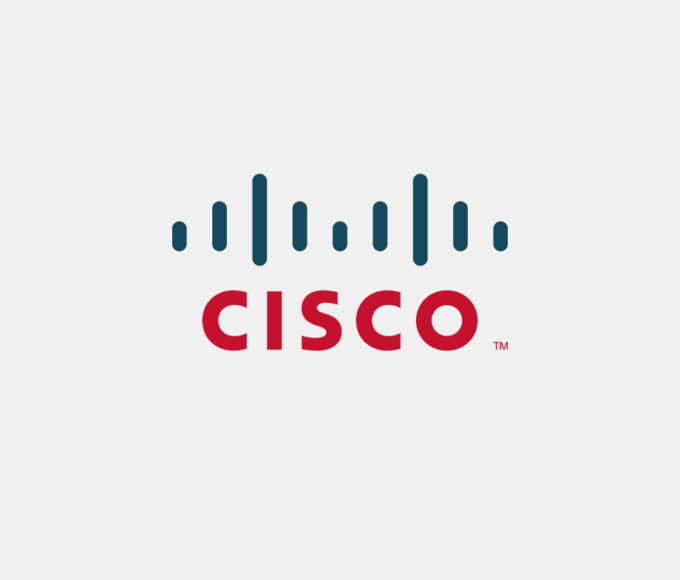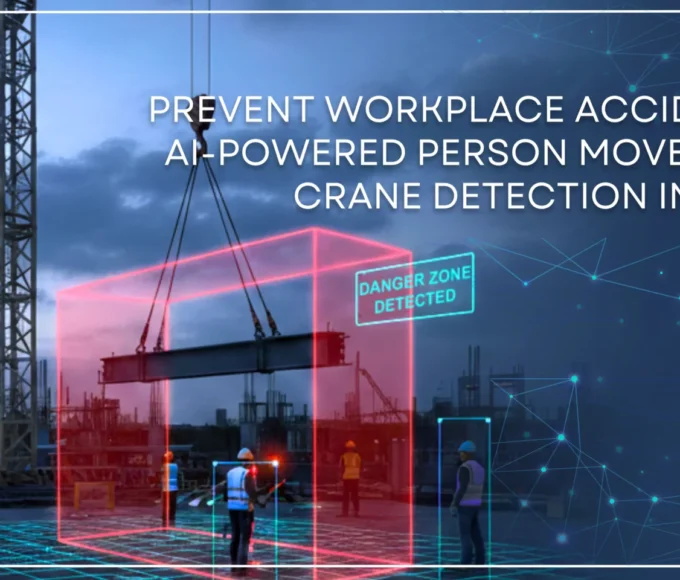Saturday , 22 November 2025
- Sections
- Technologies
- Infra EPC
- People/ Newsmakers
- Newsletter
- Resources
- Sections
- Technologies
- Infra EPC
- People/ Newsmakers
- Newsletter
- Resources
- Sections
- Technologies
- Infra EPC
- People/ Newsmakers
- Newsletter
- Resources
Recent Posts
Home
Technologies
Cyber Security
Confluence of 5G and Cybersecurity | Navigating the New Frontier of Hyper-Connectivity
Cyber Security Confluence of 5G and Cybersecurity | Navigating the New Frontier of Hyper-Connectivity
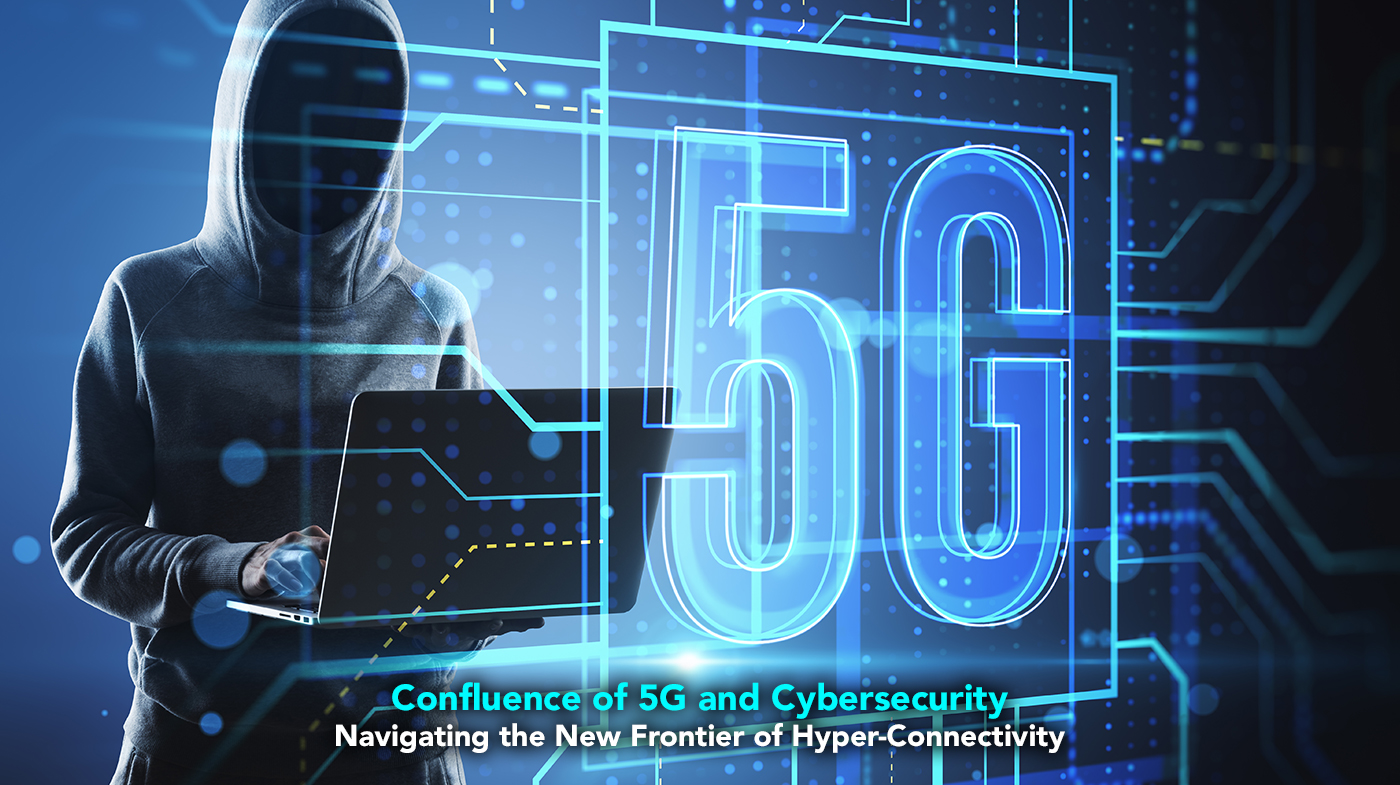
Recent Posts
Categories
- Artificial Intelligence (AI220
- Cloud computing / Data centre77
- Cyber Security139
- Education Tech37
- Enterprise301
- FinTech30
- Gaming2
- Government/PSU10
- Hardware106
- Health Tech5
- Infra EPC7
- Infrastructure85
- People/ Newsmakers23
- Power29
- Products / Applications576
- Software369
- Tech Experts1
- Technologies2
- Telecom98
Related Articles
Cyber SecuritySoftware
Cisco Unveils the Splunk State of Observability 2025
Cisco has released the Splunk State of Observability 2025: The Rise of...
BydtcOctober 23, 2025
Artificial Intelligence (AI)Cyber Security
A C-Suite Guide on Securing Enterprise in the Metaverse
The metaverse represents the next paradigm shift in digital interaction – a...
BydtcOctober 10, 2025
Artificial Intelligence (AI)Cyber SecuritySoftware
Prevent Workplace Accidents with AI-Powered Person Movement Near Crane Detection in Real-time
Cranes are the lifeline of construction sites, warehouses, and manufacturing plants. They...
BydtcOctober 9, 2025
Cyber SecuritySoftware
Acronis Debuts ‘True Image 2026’ Cybersecurity and Backup Tool
Acronis, a global leader in cybersecurity and data protection, today announced the...
BydtcOctober 9, 2025


